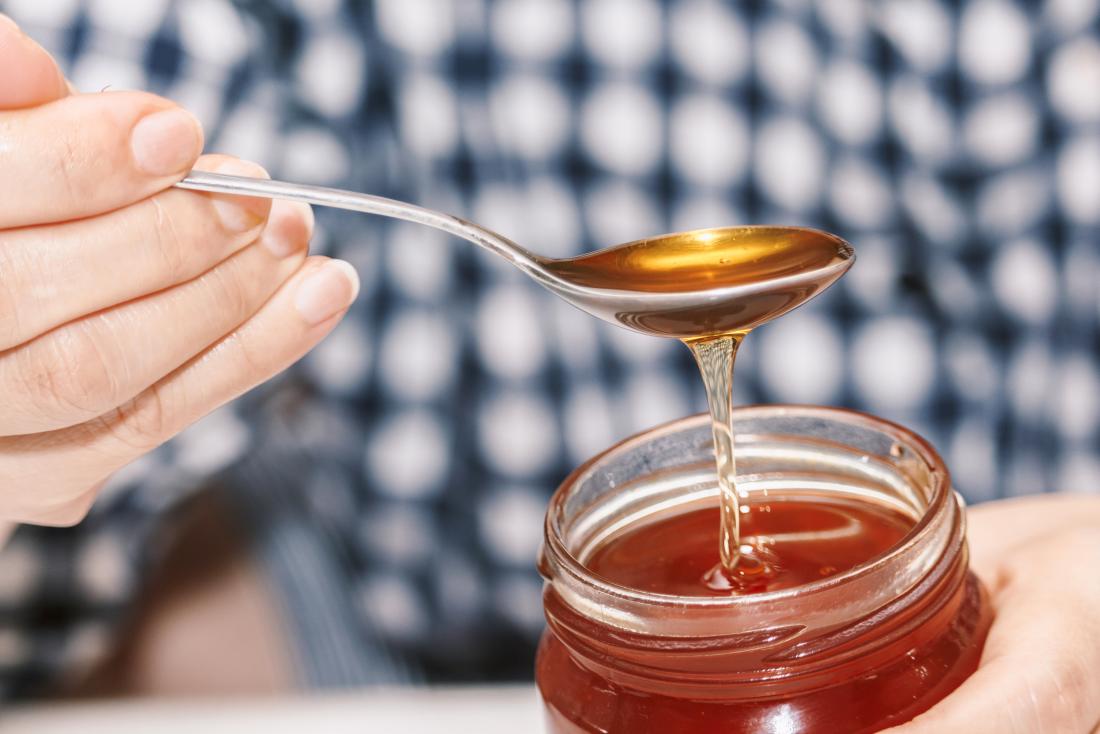Dry socket can be very painful, but it usually heals quickly with treatment. Symptoms of dry socket include:
- throbbing pain that may extend to the jaw, eyes, and ears
- an unpleasant taste in the mouth
- bad breath
- mild fever
People may experience dry socket up to a few days after a tooth extraction.
It is best to see a dentist for dry socket, but some home remedies can help ease the pain while a person waits for treatment.
Clove oil

A person may experience dry socket a few days after a tooth extraction.
Clove oil can protect against infection because it has antimicrobial and antiseptic properties. It also contains eugenol, which has pain-relieving properties.
People can use clove oil to ease the pain of dry socket by applying one or two drops to a clean gauze and placing it on the tooth extraction site.
People should only use clove oil as a temporary remedy. Excessive use of eugenol can lead to necrosis, which is cell death resulting from a lack of blood supply.
Salt water
Rinsing the mouth with warm salt water can help reduce bacteria and swelling. It can also flush out any food particles from the socket. Keeping this area clean can reduce pain and lower the risk of infection.
A dentist will usually advise people to rinse their mouth with a saline solution, or salt water, following a tooth extraction, as this helps the healing process. It is very important to rinse gently as blood clots can easily become dislodged.
To make a saltwater solution, a person can
- add one-half of a teaspoon of salt into 8 ounces of warm water
- rinse the mouth gently with the solution
- repeat 2–3 times a day
Hot and cold compresses
People can apply a cold compress to help relieve pain and reduce swelling the day after their tooth extraction.
They can then switch to using a hot compress, such as a warm cloth, on the outside of their face.
Honey

Applying honey to the extraction site can reduce inflammation.
The results of a 2016 study showed that applying a honey dressing decreased pain and inflammation in people with dry socket.
Honey has antibacterial properties and may protect against infection. It may also help prevent necrosis.
People can make and apply a honey dressing by soaking a ball of sterile gauze in honey and dabbing it gently onto the extraction site.
NSAIDs
People can take nonsteroidal anti-inflammatory drugs (NSAIDs), such as ibuprofen, to help relieve pain and inflammation.
People should take care not to exceed the dosage on the bottle. If these drugs do not relieve pain, a dentist may prescribe a stronger pain reliever.
Turmeric
People can use turmeric to help treat dry socket. The curcumin in turmeric has strong anti-inflammatory properties that may reduce pain and aid wound healing.
In a 2018 study, a dressing of turmeric and mustard oil reduced pain, discomfort, and inflammation in people with dry socket. The researchers applied the dressing after flushing out the mouth with a saline solution to remove any debris.
They noted that the turmeric did not cause any adverse side effects.
Green and black teas
Green and black teas are a traditional home remedy for tooth pain. They have antibacterial properties that can help prevent infection. Green tea also has anti-inflammatory properties that may help reduce pain.
People can soak a green or black tea bag in hot water before letting it cool. Once the teabag is cool, they can place it over the dry socket.
Aloe vera
Research has shown that applying aloe vera to a tooth extraction site can promote healing and even prevent dry socket from forming.
Aloe vera has antimicrobial and anti-inflammatory properties. It also helps increase collagen formation and blood supply, which can promote wound healing.
People can apply aloe vera gel to a ball of gauze and place it over the dry socket.
Avoid making it worse

People should not drink through a straw after a tooth extraction.
People with dry socket should avoid smoking and any other tobacco use, which can slow down the healing process.
It is also best to avoid drinking any fluids through a straw and spitting too hard, as these actions can dislodge any blood clots that are forming.
People should continue to brush their teeth and floss twice a day as normal but should take care to avoid the dry socket area.
When to see a doctor
If people have severe pain after a tooth extraction and have any symptoms of dry socket, they should see their dentist for treatment.
A dentist can diagnose dry socket by carrying out a visual examination. They may also use an X-ray to check that another condition, such as an infection of the bone, is not causing the symptoms.
To treat dry socket, a dentist will first flush out the mouth with a saline solution to remove any debris that could cause pain or infection. They will then apply a medicated gel or dressing to the dry socket to ease pain quickly. If a person is experiencing severe pain from the dry socket, a dentist may prescribe stronger pain medications.
The dentist may also recommend that people use either a rinse, saline solution, or saltwater mix daily as the dry socket heals.
Summary
If people experience severe pain after a tooth extraction, they may have dry socket and should see a dentist.
People may also find that home remedies can help ease the pain of dry socket and promote healing while they wait for medical treatment.
It is best to avoid anything that could make dry socket worse or slow the healing process, such as smoking tobacco, spitting vigorously, or drinking through a straw.
The home remedies in this article are available for purchase online:
Let’s block ads! (Why?)





